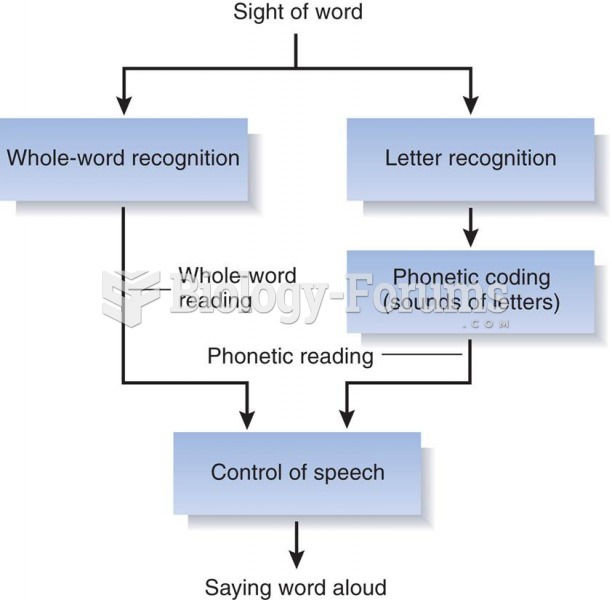|
|
|
Human neurons are so small that they require a microscope in order to be seen. However, some neurons can be up to 3 feet long, such as those that extend from the spinal cord to the toes.
For about 100 years, scientists thought that peptic ulcers were caused by stress, spicy food, and alcohol. Later, researchers added stomach acid to the list of causes and began treating ulcers with antacids. Now it is known that peptic ulcers are predominantly caused by Helicobacter pylori, a spiral-shaped bacterium that normally exist in the stomach.
Anesthesia awareness is a potentially disturbing adverse effect wherein patients who have been paralyzed with muscle relaxants may awaken. They may be aware of their surroundings but unable to communicate or move. Neurologic monitoring equipment that helps to more closely check the patient's anesthesia stages is now available to avoid the occurrence of anesthesia awareness.
The ratio of hydrogen atoms to oxygen in water (H2O) is 2:1.
Intradermal injections are somewhat difficult to correctly administer because the skin layers are so thin that it is easy to accidentally punch through to the deeper subcutaneous layer.
 The steps in the hearing process. (1) Sound waves enter the outer ear and travel through the ear ...
The steps in the hearing process. (1) Sound waves enter the outer ear and travel through the ear ...
 (b) Scanning electron microscopy showing a phagocytic cell in the process of phagocytizing bacteria. ...
(b) Scanning electron microscopy showing a phagocytic cell in the process of phagocytizing bacteria. ...





